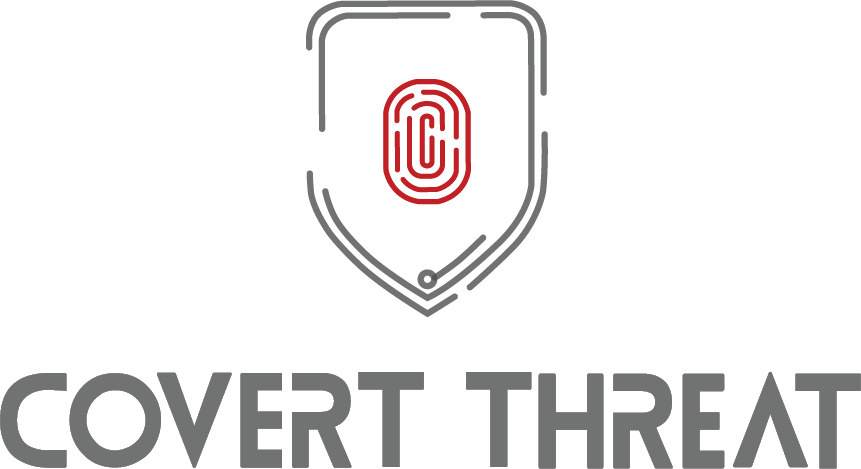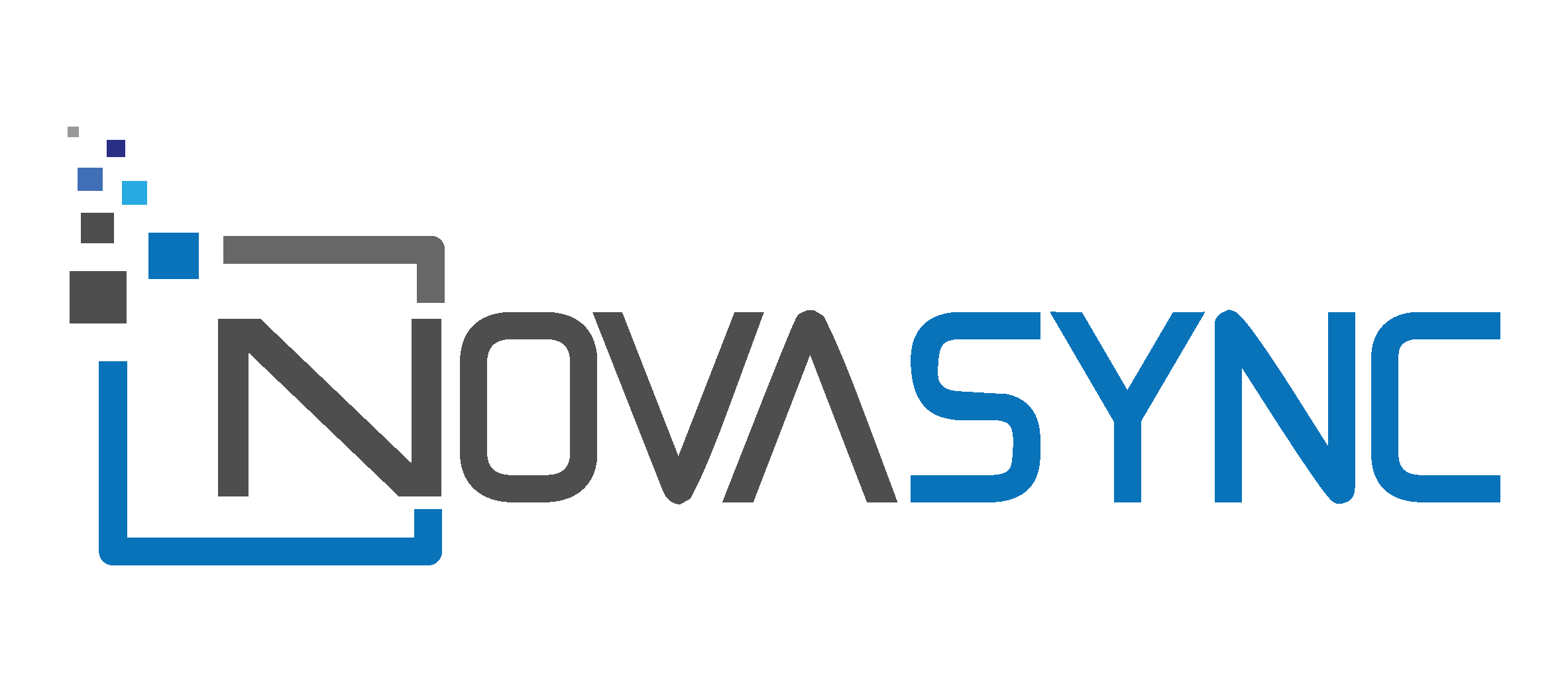
In the subdued light of the power plant's main control room, the screens now hum quietly with the steadiness of restored order, marking the end of a critical phase of recovery from the cyberattack. Yet, the echoes of the chaos still linger, reminding you of the vulnerabilities that were exploited, and the frantic efforts required to regain control. It's clear that the incident response plan you found, perhaps once thought to be robust, needs revising. This realization sets the stage for a crucial phase: communicating the need to update the IRP to fortify the plant against future threats.
The room is quiet, but your mind still races, replaying the sequence of the breach. You sift through reports, logs, and the freshly minted documentation from the recent recovery operations. Each document, each piece of data is a puzzle piece in understanding the shortcomings and strengths of your current IRP.
As you analyze the events, it becomes evident that while the IRP was effective in some areas, it fell short in others. You think about how this could be improved. Would organizing a series of meetings with key stakeholders—from plant operations managers to IT security teams and external cybersecurity consultants – help? Each meeting could be a brainstorming session, focusing on different aspects of the IRP. Perhaps the operations team highlighting the need for clearer roles during emergencies, IT is pointing out the gaps in data backup protocols, and the consultants suggesting integrating more advanced threat detection tools would improve the strength of the plan.
You also visualize several emergency scenarios, ranging from minor breaches to full-scale cyber assaults. Each simulation tests different aspects of the IRP, with observers noting response effectiveness and any confusion or delays in decision-making. After each session, the IRP is refined, turning it into a dynamic document that evolves based on real-world testing and feedback.
Thinking about the future, the final version of the IRP would be a comprehensive document, backed by digital tools that automate certain responses and provide real-time data during incidents. Integration of the NRECA Threat Analysis Center. Using Cyber Mutual Assistance to help so you are not alone. A plant-wide training program, ensuring that every employee understands their role under the new plan. Interactive sessions, workshops, and drills are conducted, ingraining the procedures into the workforce's routine.
Your mind shifts again, and you wonder –
Question 11: What is the best way to test your CIRP in efforts to improve, find gaps, and mature your cyber posture?
[accordions]
[accordion title="Clue%201"]
Attachment 1, Section 4[/accordion]
[accordion title="Clue%202"]
Attachment 2, Section 4
[/accordion]
[accordion title="Clue%203"]
Talk to Nova Sync in the vendor area – maybe they can help you figure it out![/accordion]
[/accordions]
[row]
[column 3]
[button-coop title="Previous%20Section" link="%2Fconferences-education%2Fmeetings%2FCo-op-Cyber-Tech%2FPages%2F10-Server-Room.aspx" /]
[/column]
[column 3]
[button-coop title="Next%20Section" link="%2Fconferences-education%2Fmeetings%2FCo-op-Cyber-Tech%2FPages%2FThe-Note.aspx" /]
[/column]
[column 3][/column]
[column 3][/column]
[/row]
CTF sponsored by:
[row center middle]
[column 4]

[/column]
[column 4]

[/column]
[column 4]

[/column]
[/row]
[row center middle]
[column 4]

[/column]
[column 4]

[/column]
[/row]
